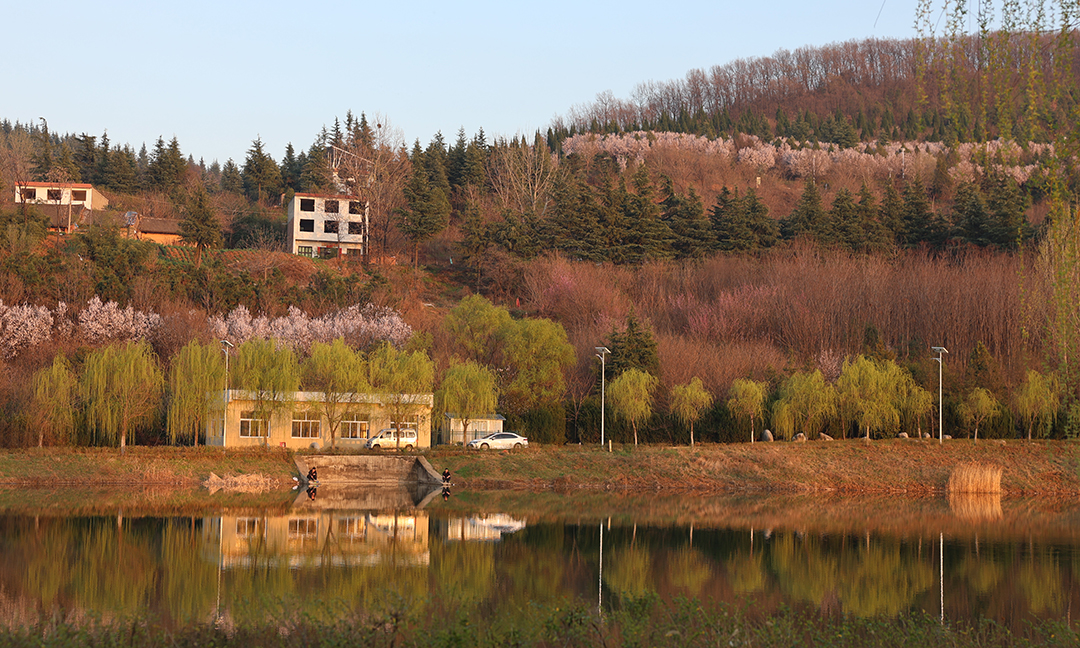The Qinling Mountains, a biodiversity hotspot in the People’s Republic of China, faced a delicate balance between conservation and local livelihoods. The ADB and Global Environment Facility’s project addressed this by empowering communities through sustainable tourism and conservation practices. The result? A thriving ecosystem, reduced poverty, and a model for sustainable development.
Transcript
Qinling Mountains, a global biodiversity hotspot in the People’s Republic of China, are home to endangered species and vital ecosystems. But the delicate balance between conservation and livelihoods was at stake given that over 60% of the local population relied on agriculture.
To address this challenge, the Shaanxi Qinling Biodiversity Conservation and Demonstration Project was initiated by the Asian Development Bank and the Global Environment Facility. This groundbreaking project integrated biodiversity conservation with sustainable revenue generation and land management.
Through market-oriented measures, the project empowered local communities to participate in biodiversity conservation, while creating income opportunities from ecotourism businesses. The results were remarkable.
Over the years, the project not only reduced land degradation and soil erosion, but also lifted households from poverty, and significantly increased rural incomes. Ecotourism flourished, with over 1.1 million visitors flocking to the area in 2019.
The project’s impact extended beyond conservation. It enhanced ecosystem management and institutional capacity, and even led to the Qinling Botanical Garden being categorized as national park.
The success of the project clearly demonstrated how market-driven environmental management systems was effective in balancing conservation and livelihoods—how it paved the way for sustainable coexistence between humans and nature.


